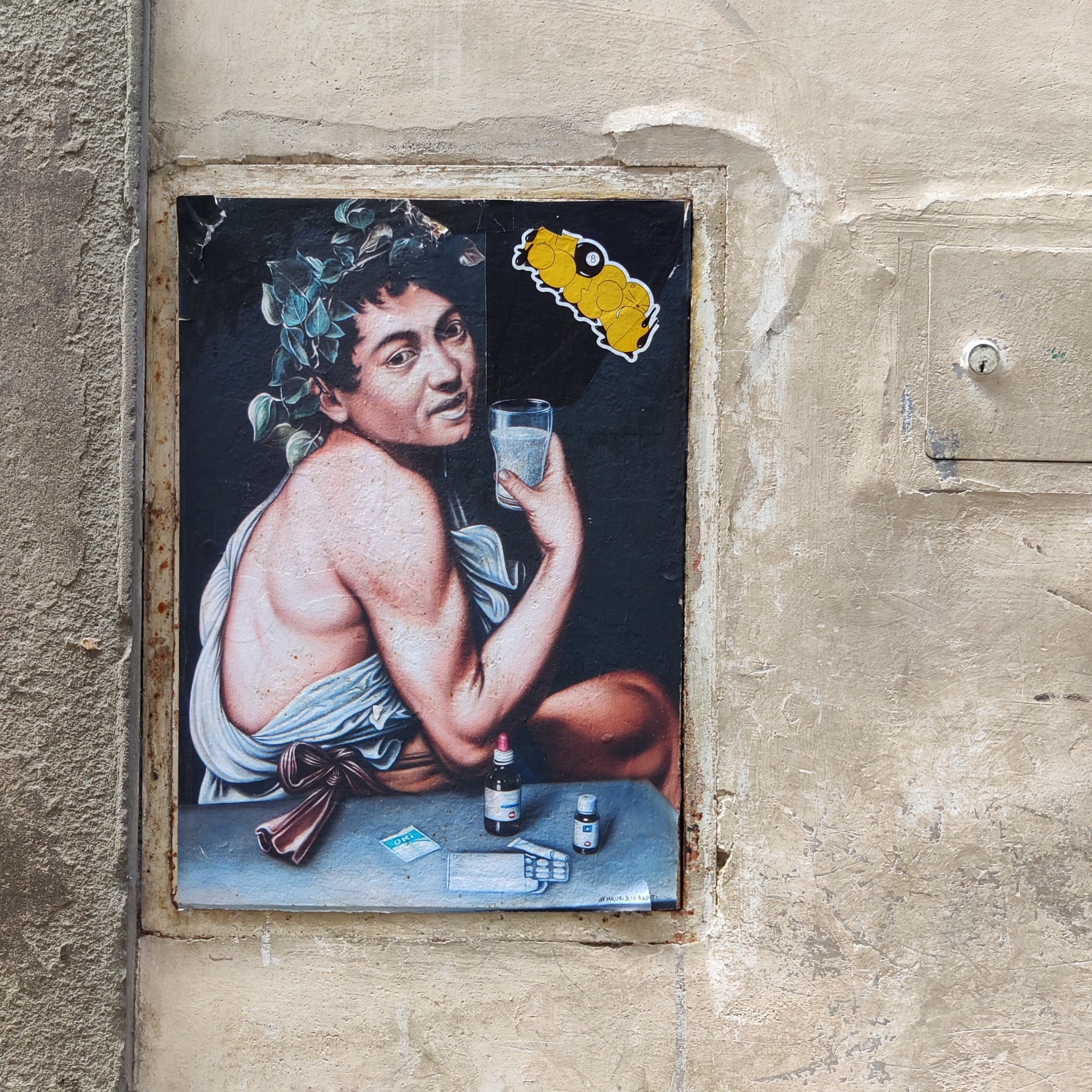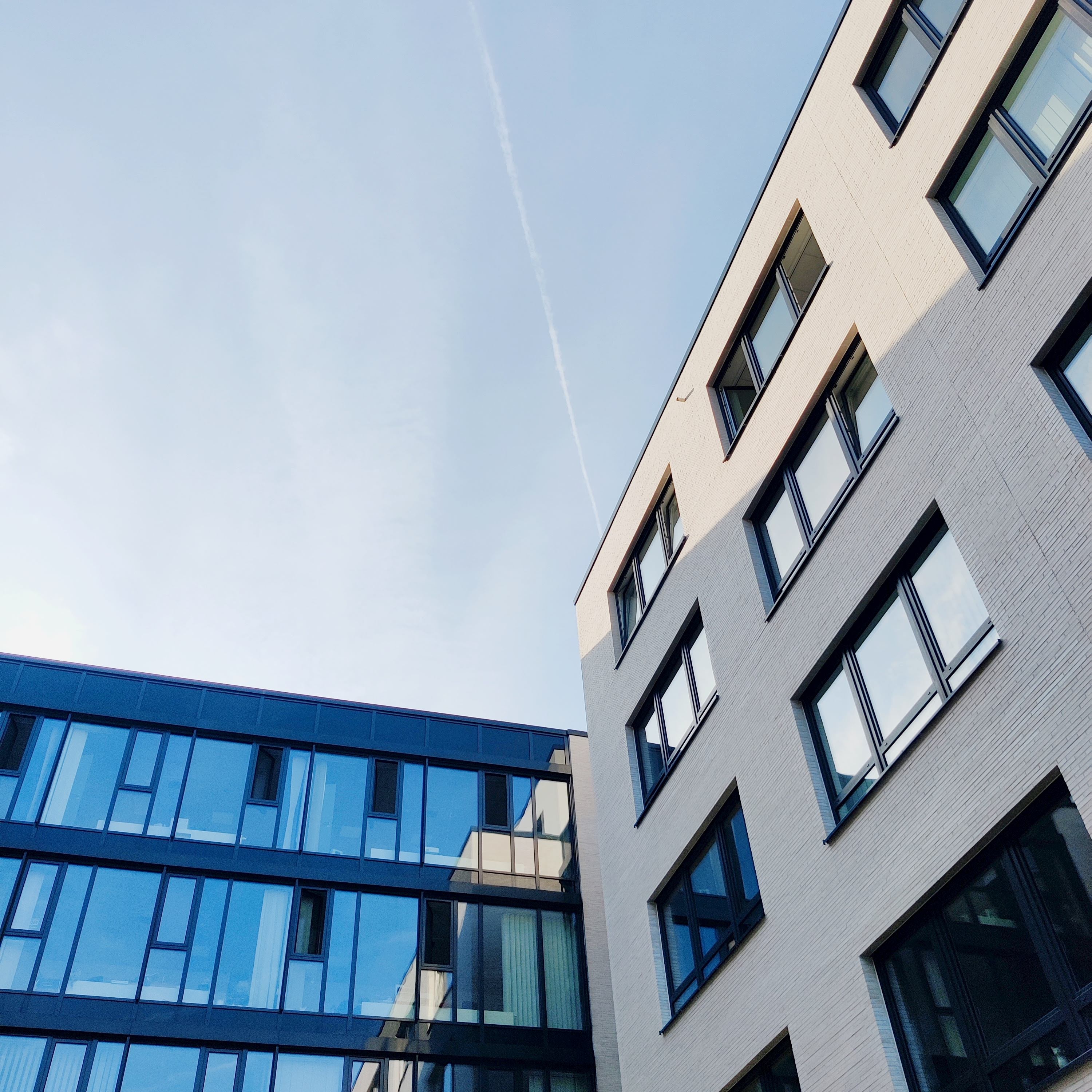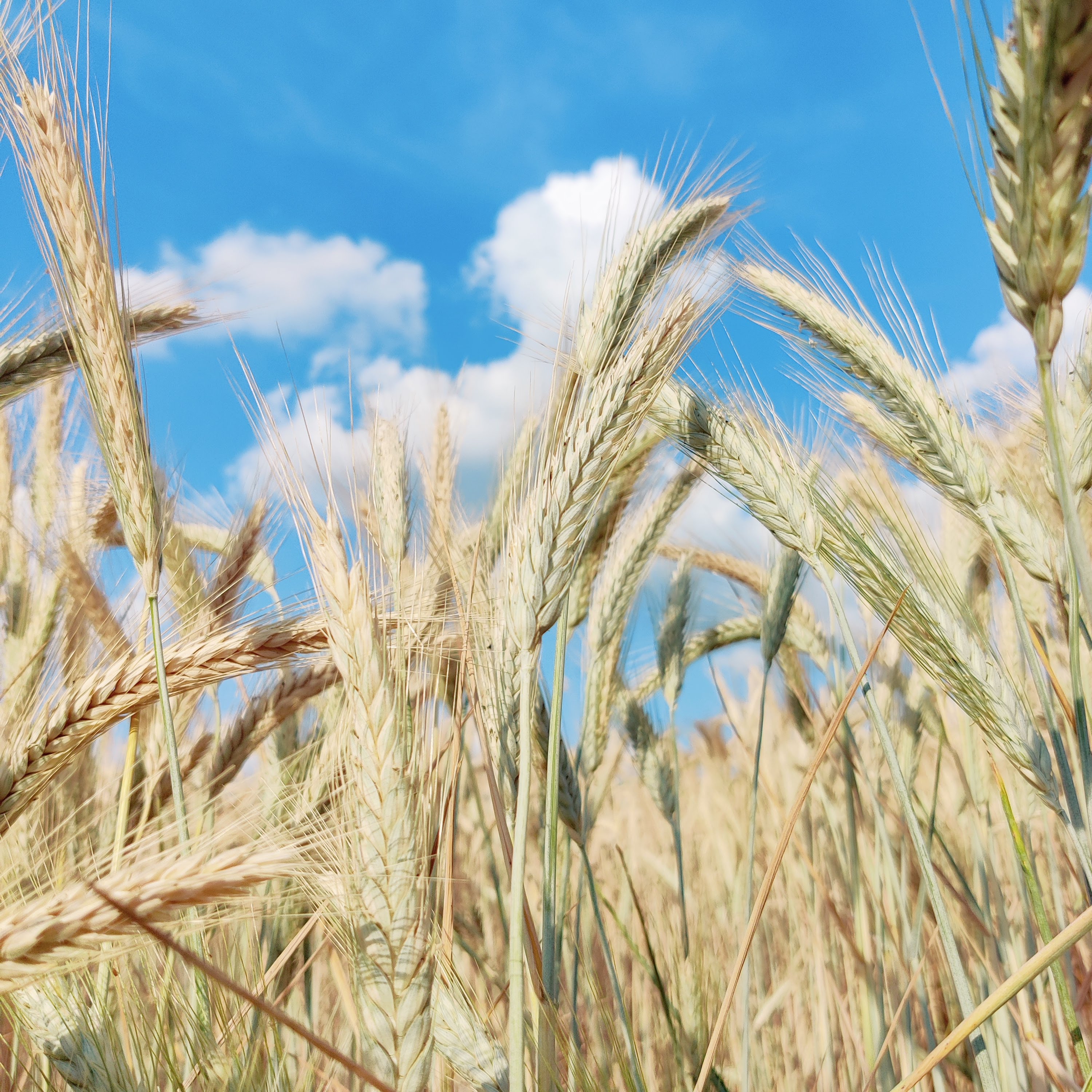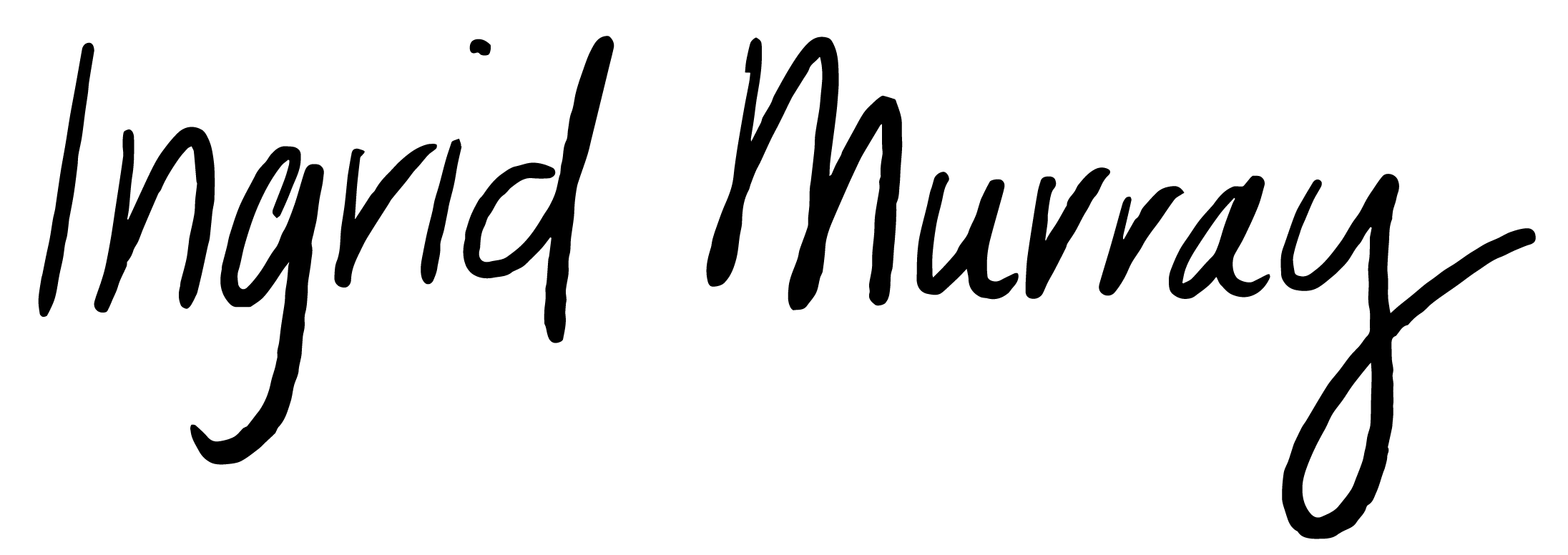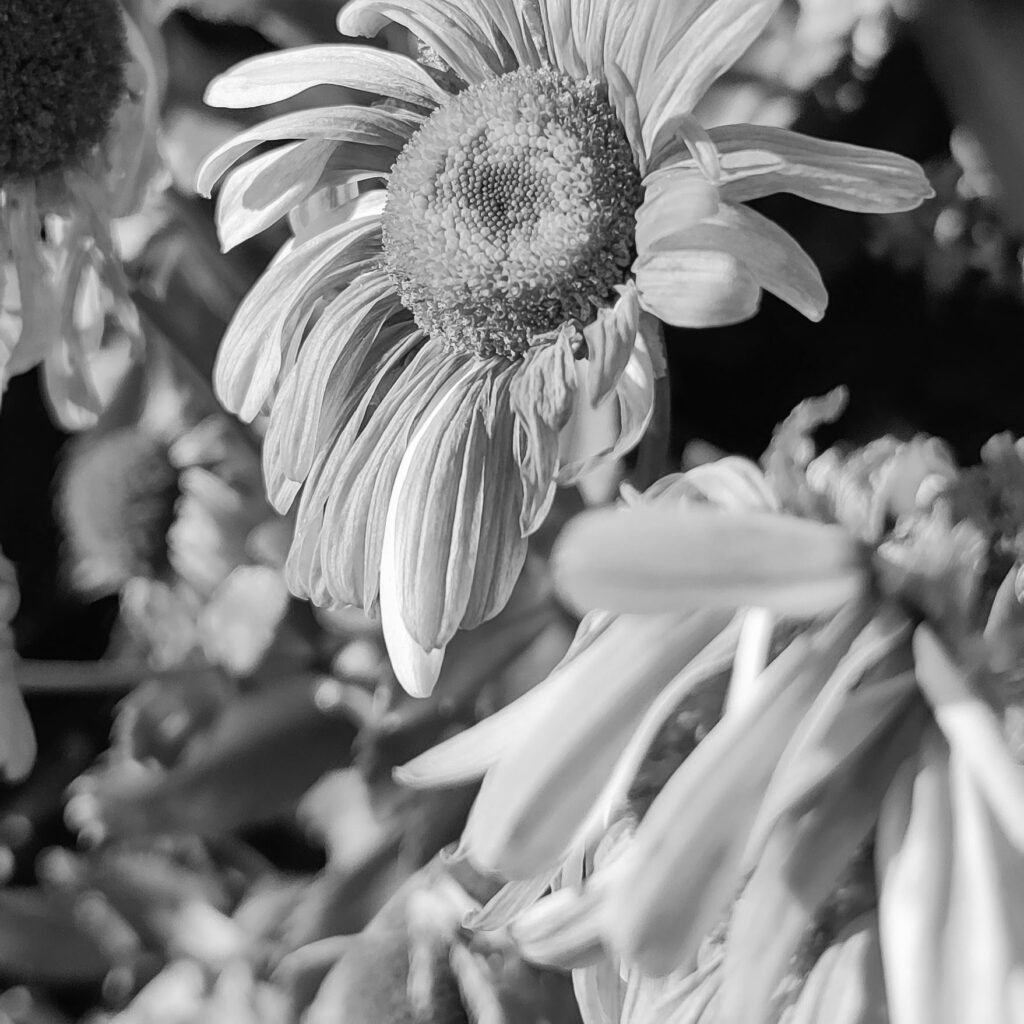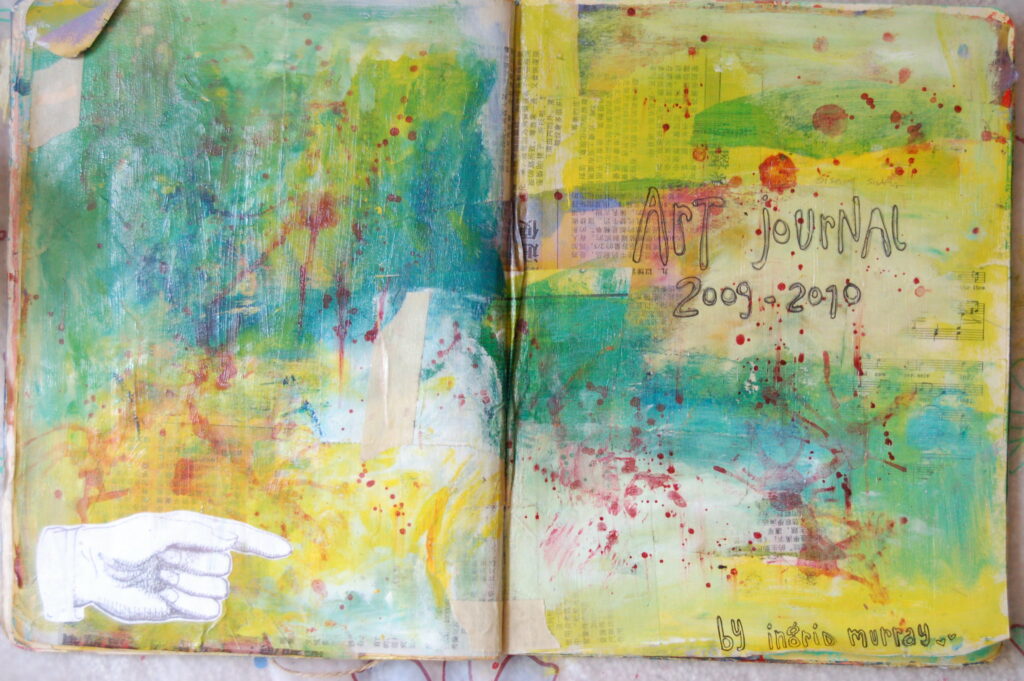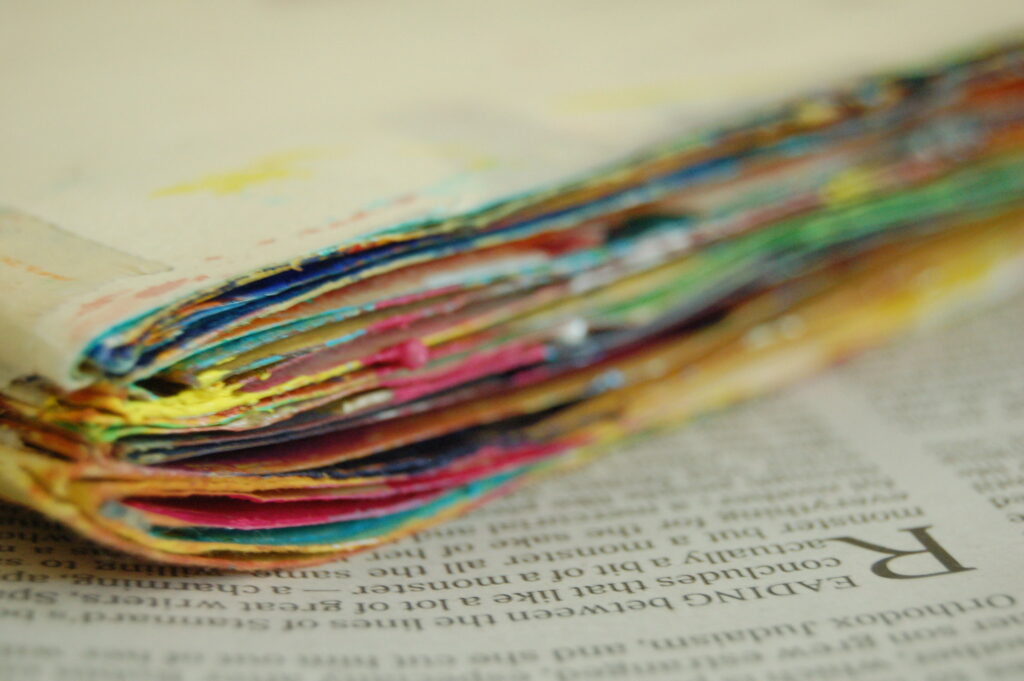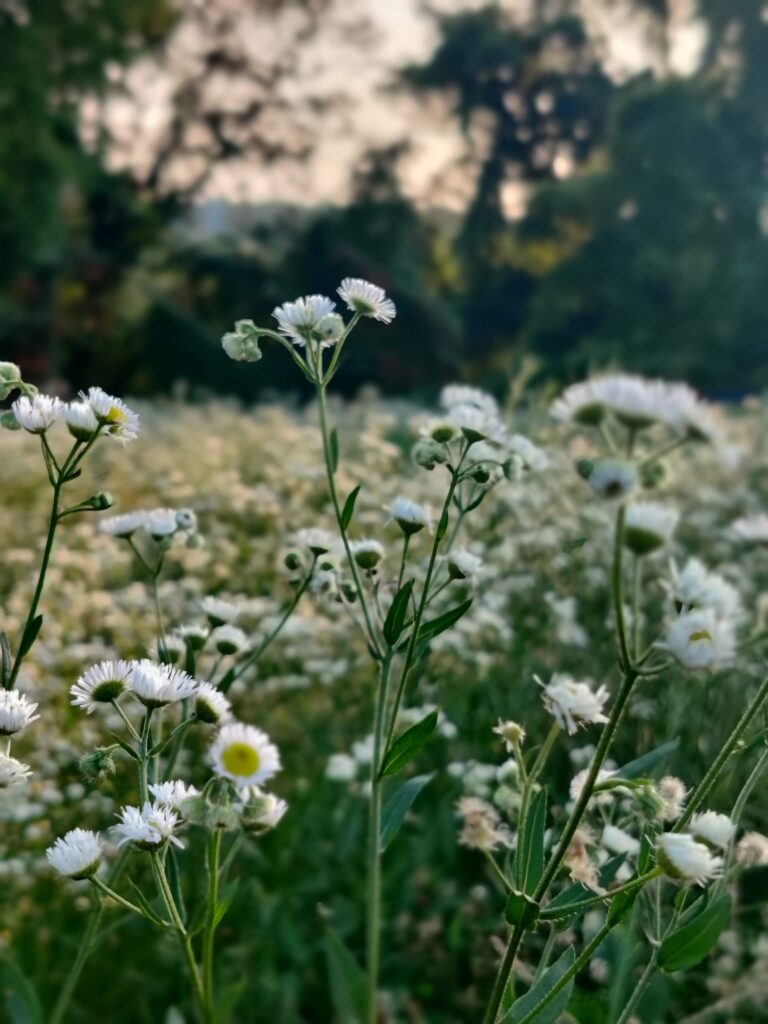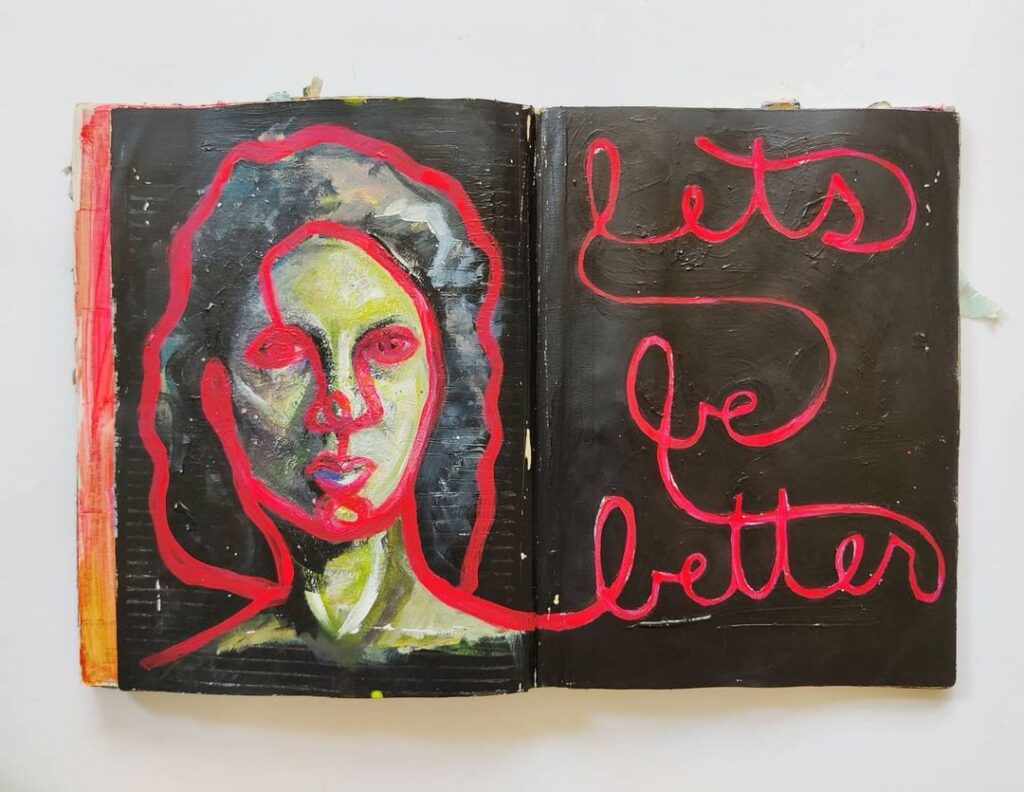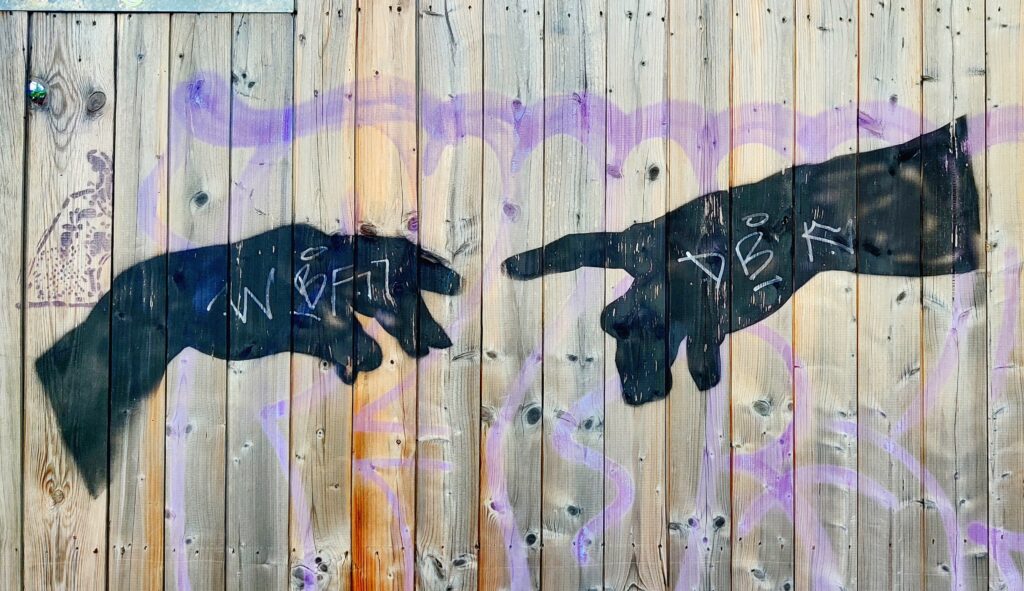
The summer solstice fell on June 21st this year. Then the midway point of 2023 passed, and I finished James’ Clear‘s Atomic Habits a few weeks later. All of this has culminated in a pressing need to take a moment to pause, be present, and ask myself: How are things actually going?
The little things become the big things
Atomic Habits’ entire premise is that “small habits don’t add up. They compound.” The book explores the psychology of and misconceptions about habits, and suggests that building the lives we desire is possible through small, consistent daily choices and actions.
I highlighted nearly every other sentence; each on its own contains a multitude to parse out. It was Clear’s comments on self reflection, though, that jumped out at me as the mid-point of the year had just passed. He writes:
Reflection and review enables the long-term improvement of all habits because it makes you aware of your mistakes and helps you consider possible paths for improvement. … Personally, I employ two primary modes of reflection and review. Each December, I perform an Annual Review, in which I reflect on the previous year. … Six months later, when summer rolls around, I conduct an Integrity Report.”
I reflect and set intentions just before each new year, and I do have a sort of quarterly/seasonal reflection via my newsletter. Until now, though, I haven’t dedicated any thoughtful time mid-year to checking in on the goals I dreamed up the winter. And given that I’m progressively more stunned by how quickly time speeds by (and often bewildered as to how to recapture my days and be the agent in my own life), a summer review is a practice I’m adopting, starting now.
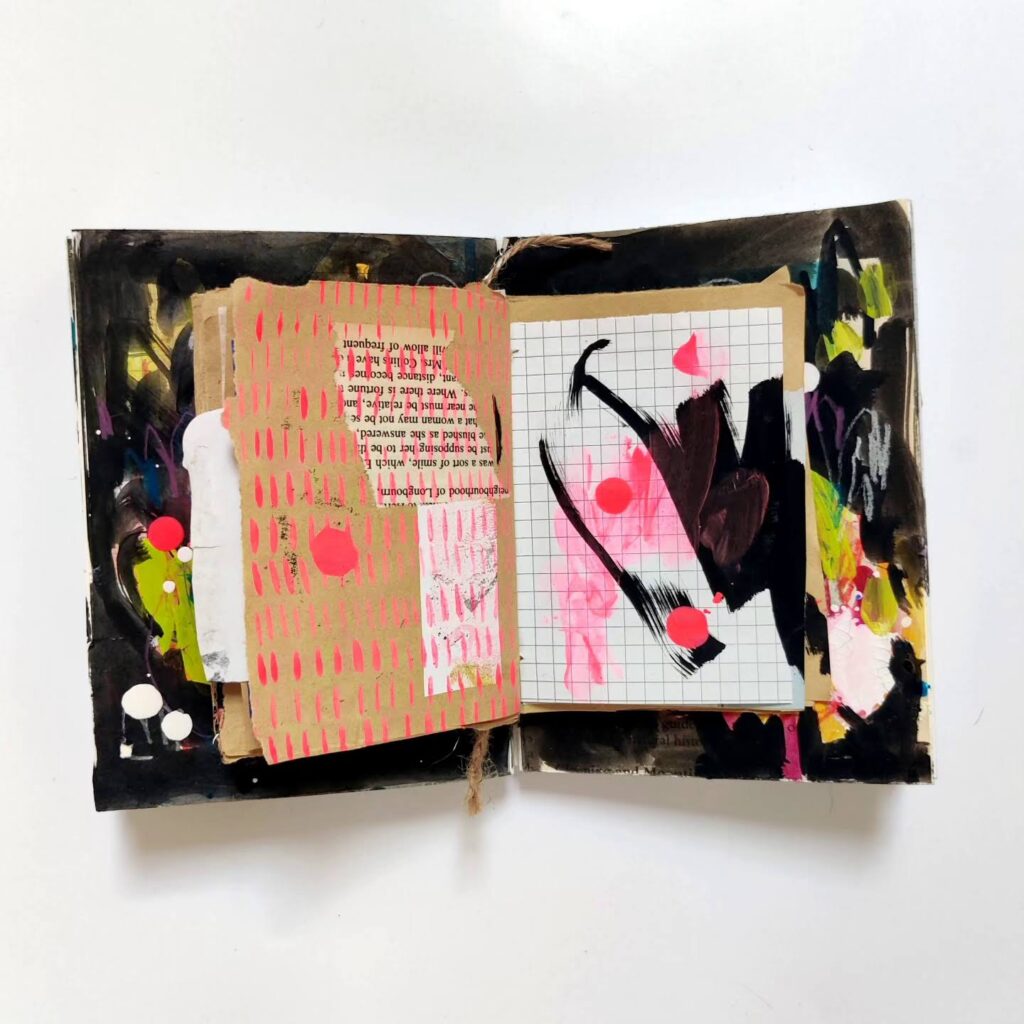
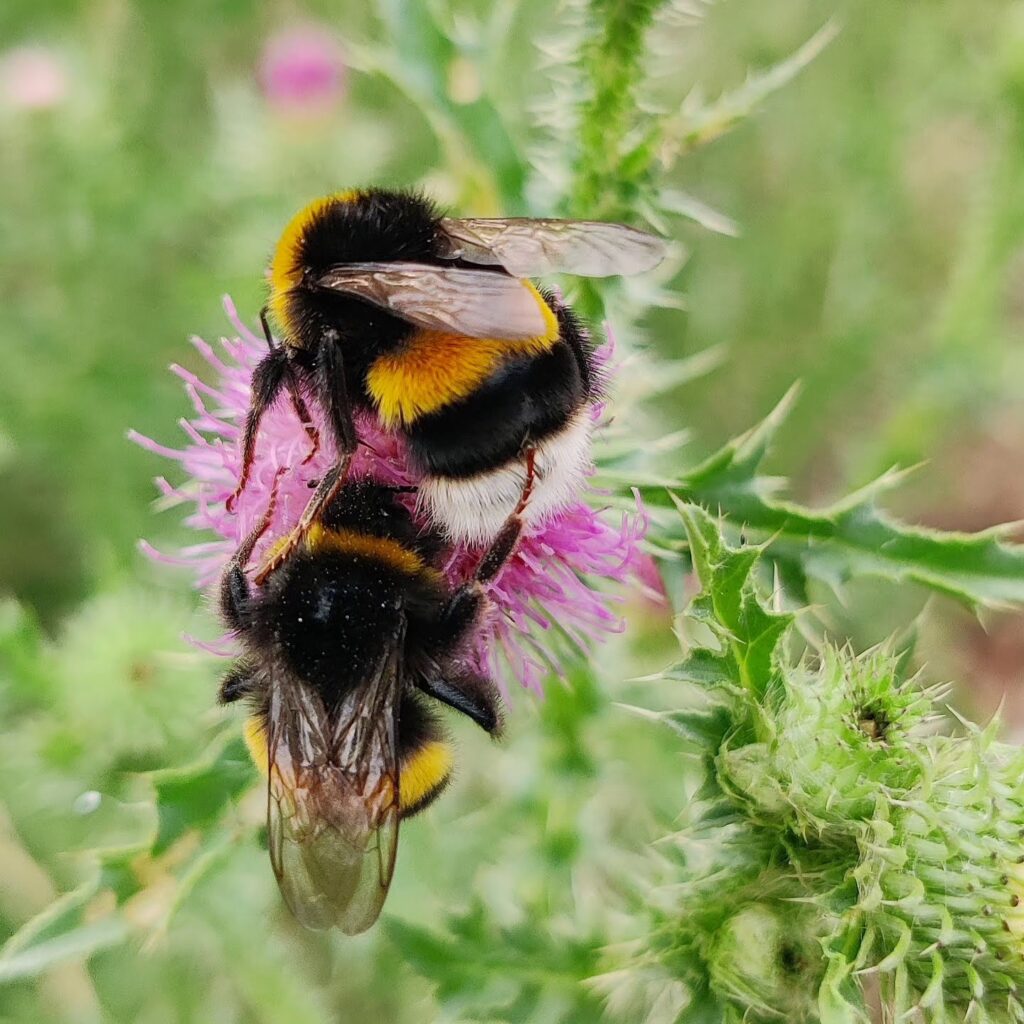
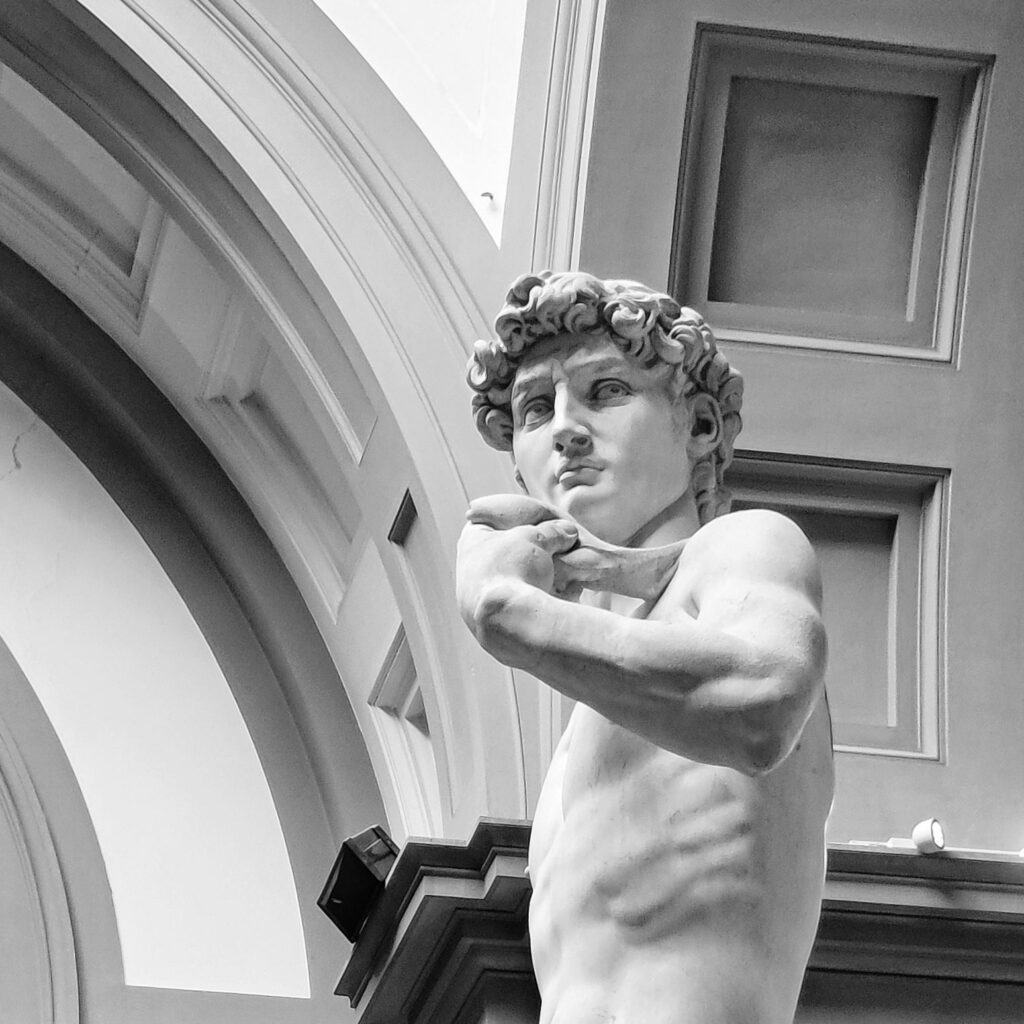
What I’ve achieved
In a wild and literally life-changing year, moving to Germany was the biggest goal — everything else, really, was icing on the cake.
But I am proud of what else I’ve made happen: I chased some big dreams (took part in Messy May, applied for a freelance writing gig with an author I admire, called about a studio space), prioritized mental and physical health (journaled, meditated, felt all the feels, went on many walks, upped my fruits and veggies), and emphasized delight (attended an intimate Vivaldi performance, traveled to Italy, took part in some Oliver Burkeman workshops, tried new restaurants in Cologne).
Looking ahead
I’m stealing something from Clear’s Integrity Report — identifying and centering core personal values. Similar to years past, the values that resonate most with me are curiosity, creativity, joy, security, and connection. (This is a great tool I’ve found for narrowing down your own.)
How can I better embody my core values in my daily life?
- Curiosity. “What if…?” Buy and try new art supplies. Explore new things, with permission to move away from them if they don’t feel right.
- Creativity. More art-making, and embracing of imperfection. Stylistic exploration. More making things with my hands: knitting/crocheting (coasters), carving stamps, collaging, big paintings, jewelry, sewing (clothes). Make home home. MORE WRITING.
- Joy. Get out of the house and see musicals, go ice skating, pet the dogs, go to a Weihnachtsmarkt, travel. Chase the things that make me so excited I want to throw up. Go on noticing walks several times a week. Reflect more on what brings me delight.
- Security. Financial: Put more in savings by the end of year. Sell some art in some way. Self care/having my own back: regular reflection, writing, asking self Qs that help. Get better sleep. More movement, veggies, self love.
- Connection. Stay in touch with old friends. Nurture new friendships. Have a regular virtual game day with family. Buy ticket for home. Read more books. Pick up the phone and call my parents.
Ultimately, in a few months, when I look back to what I have achieved from this point, I want to have written more, to have stretched my linguistic muscles and shaped my ephemeral and fleeting thoughts into words. I want to have cultivated joy and ease and connection, and above all to have been gentle with myself.
